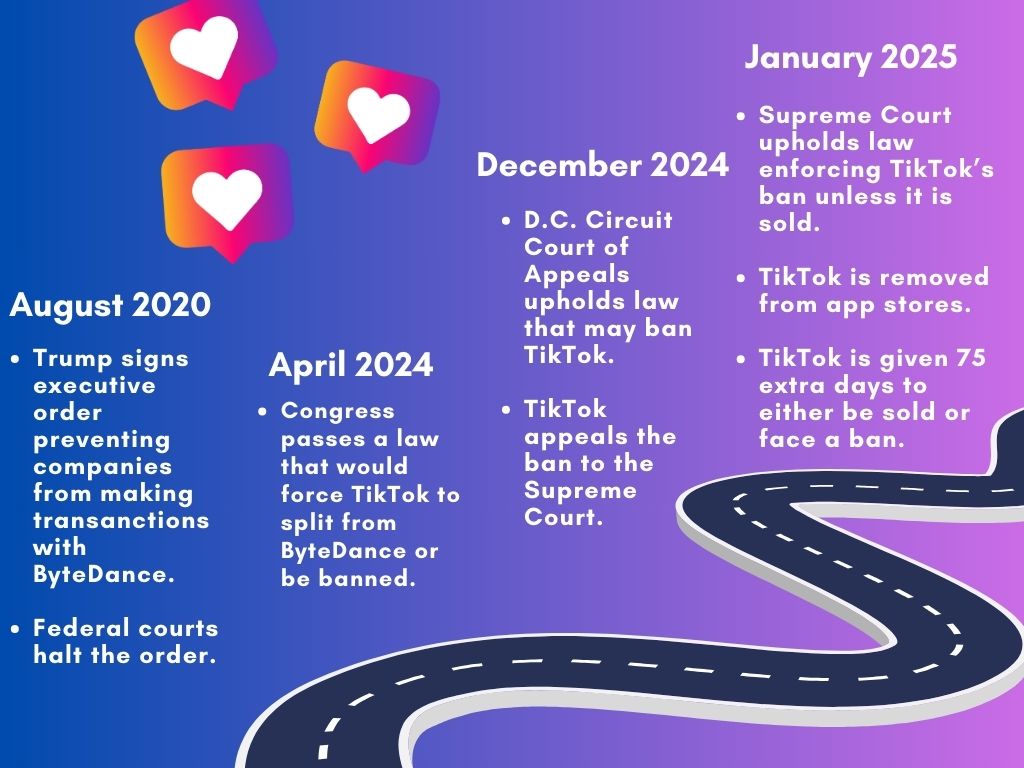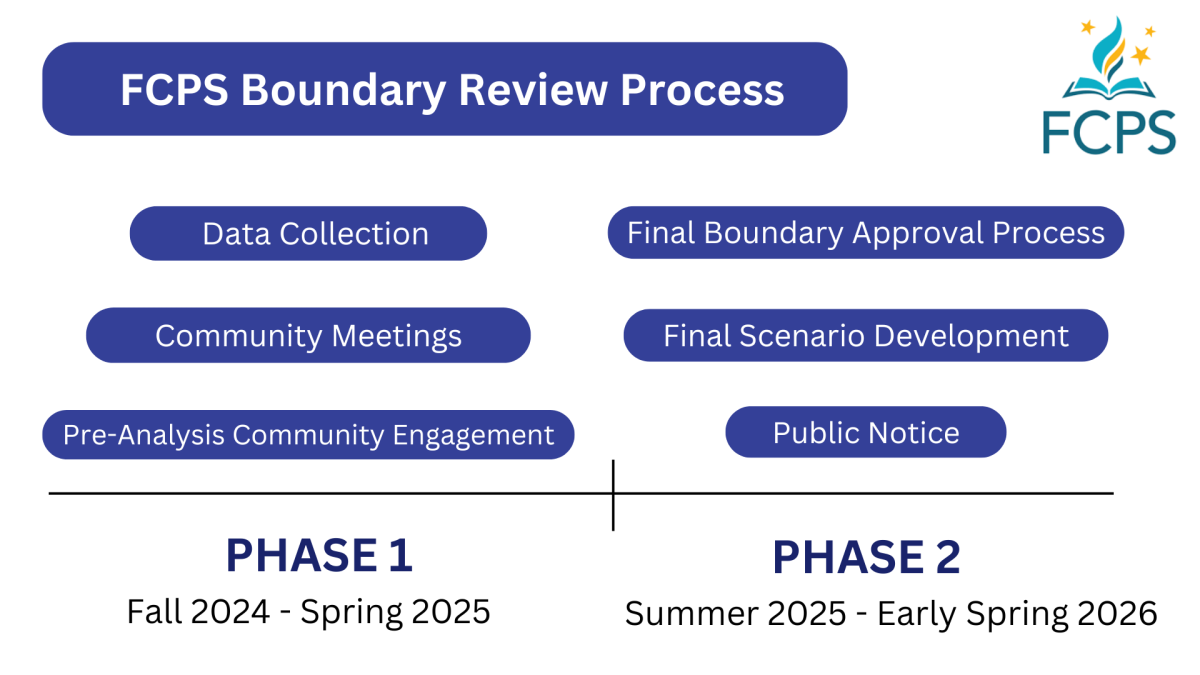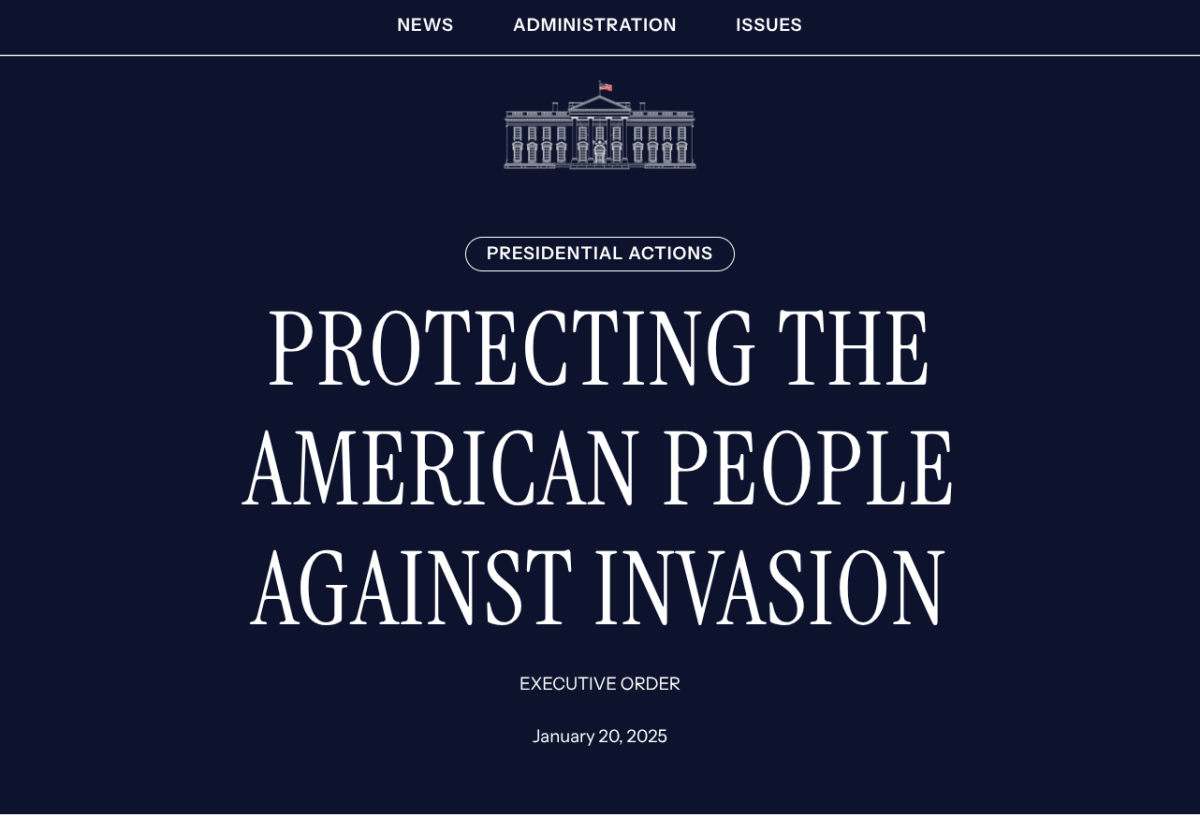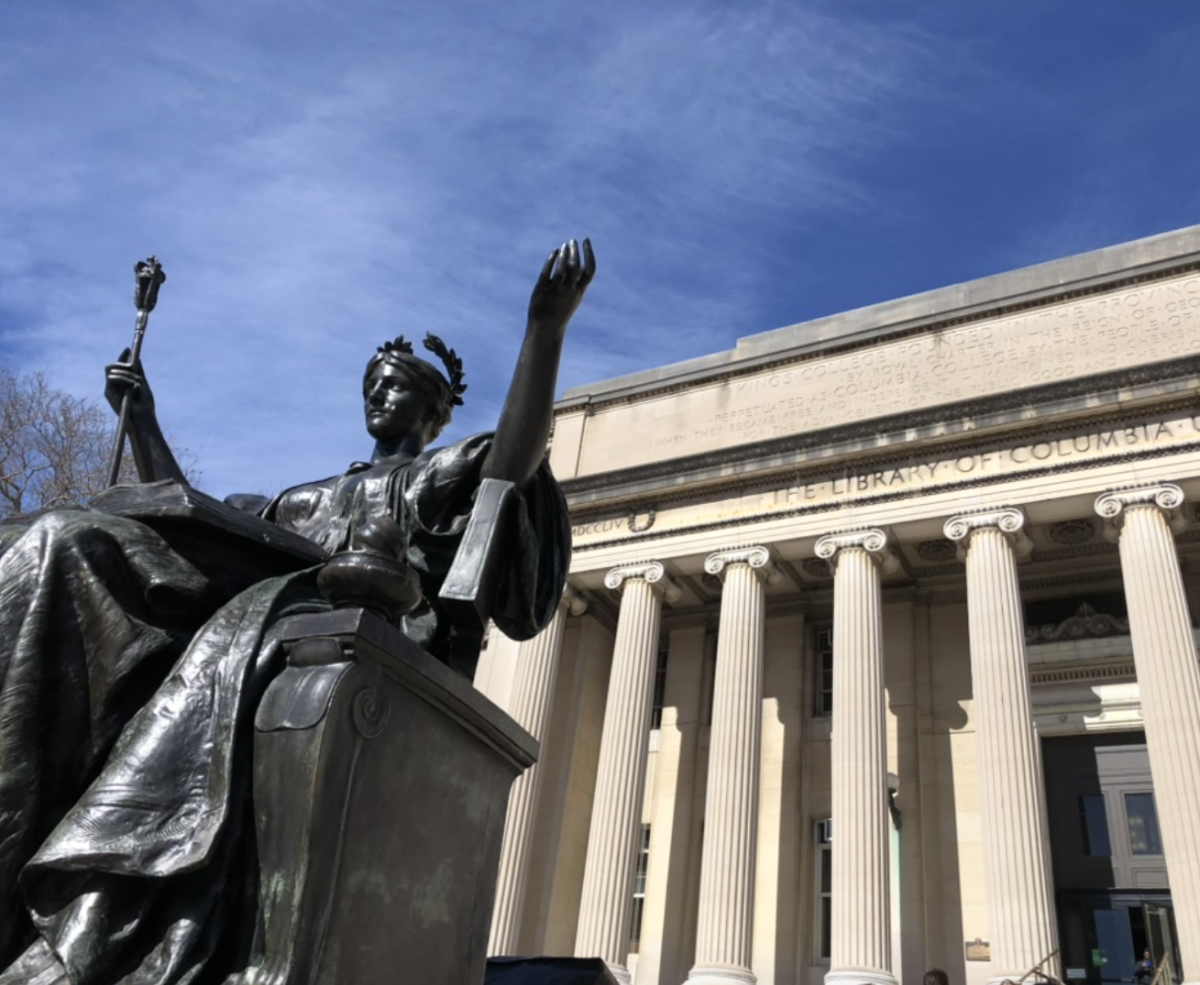Virginia’s state funding formula for education is fundamentally outdated. Most states use a student-based funding formula, which public education advocates consistently favor over the alternate staff-based funding formula. Yet, Virginia uses a staff-based formula, estimating the number of staff needed across all schools and assessing costs on that basis.
At the request of the Virginia State Senate, the state’s Joint Legislative Audit and Review Commission (JLARC) compiled a comprehensive report on the formula in the summer of 2023. The JLARC study found, among other things, that support caps on school divisions—a policy introduced to the formula as a result of the 2008 recession—were detrimentally impacting school divisions across the state.
Fund Our Schools, a coalition of Virginians working towards increases in education funding, says that local governments now pay the majority of costs for support staff, as opposed to before the recession, when the state covered most of these costs.
According to JLARC, underfunding amounted to around $1,900 per student—and with Fairfax County having around 180,000 public school students, FCPS underfunding estimates add up to $345 million per year.
By 2021, formula calculations had become drastically irreflective of the needs of Virginia school divisions, with divisions spending 62% more than the formula projected for that year.
“Everyone has the right to a free public education, and we need to make sure we support and maintain that,” FCPS school board member Robyn Lady said. “Based on the numbers of English Language Learners, free or reduced lunch and special education students in our system, [FCPS is] being shorted [under the current formula.]”
The JLARC study spurred a bipartisan outcry among state legislators over the significant underfunding, although state legislators themselves have largely avoided resolving education funding issues in past years.
Along with the Virginia Education Association (VEA), one of the state’s leading teacher’s unions, Gov. Glenn Youngkin’s Department of Education has also endorsed the effort, which would consist of benchmarking the formula. The VEA has rarely found itself on the same side as the governor in past years, considering that Youngkin’s past stances favored charter schools over public school funding increases.
Reworking the funding formula will carry great benefits for Virginia’s education system, which is still struggling to rebound to pre-pandemic proficiency. It will promote fairer funding for areas with more specialized education needs, as well as rural Virginia.
“It costs more to educate special education students because of class sizes, monitoring and other elements of their individualized education program,” Lady said.
Revamping the formula will help accurately reflect special education needs and provide more funding to the districts that need it. If current legislative proposals go through, the modernization will come with a general increase of at least $1 billion in funding for public schools.
With the benchmarking, robust reforms to special education can become possible. This comes as a bipartisan group of Virginia legislators pushed for the inclusion of a combined $22.3 million for more division-level personnel and a statewide oversight system.
These much-needed changes should pass despite the controversy that has embroiled the education system in recent years. The formula redesign is a chance for legislators to prove their commitment to bipartisan advances for all Virginia students, teachers and families.
Categories:
Education funding is due for a change
State is right to revamp education funding formula
The JLARC study found that Virginia schools are widely underfunded, alongside uncovering issues with the funding formula’s calculation methods.
Donate to The Highlander
$335
$1000
Contributed
Our Goal
Your donation supports the McLean High School's independent, award-winning news publication.
More to Discover















